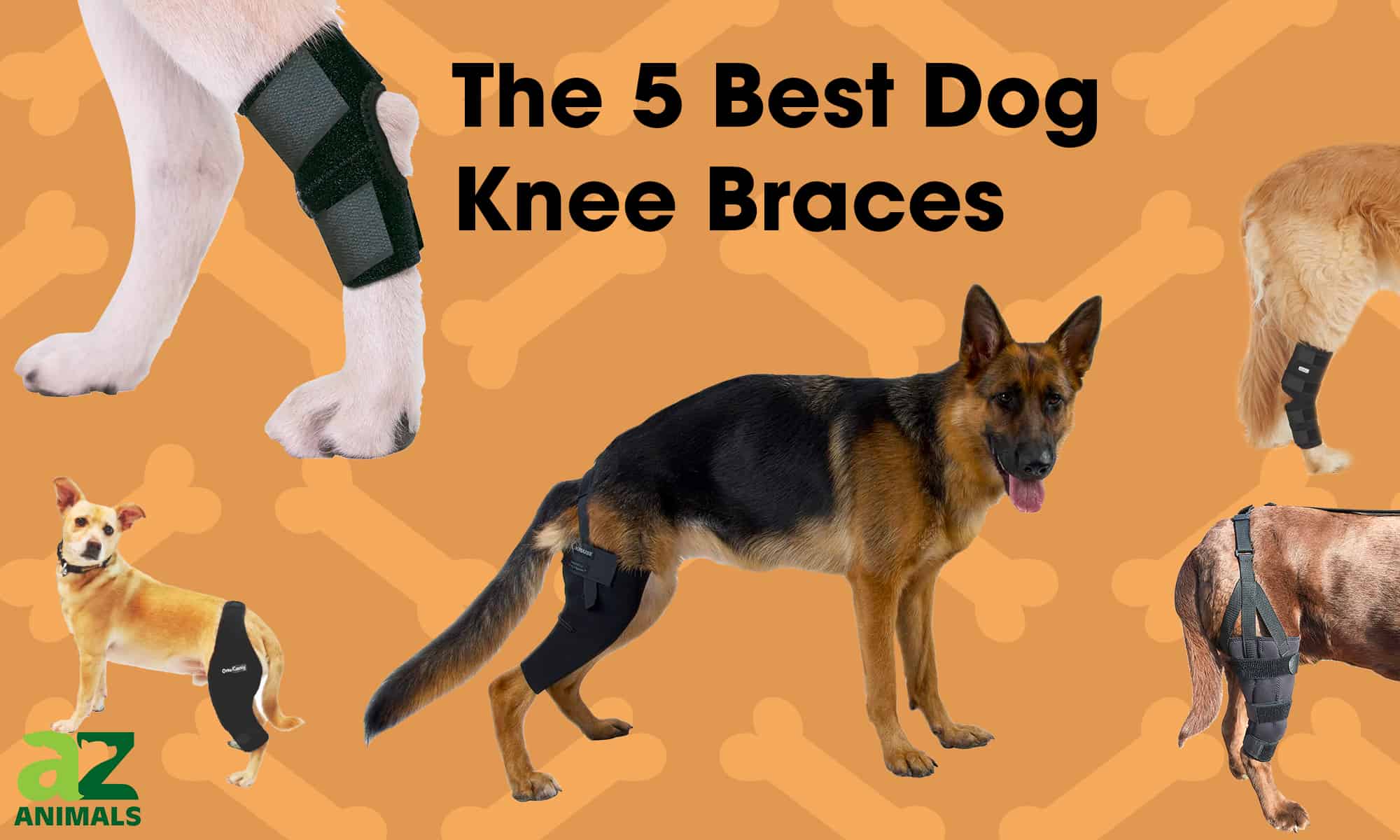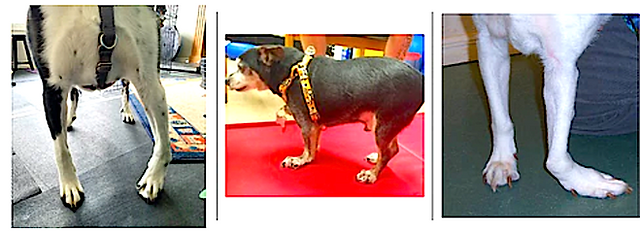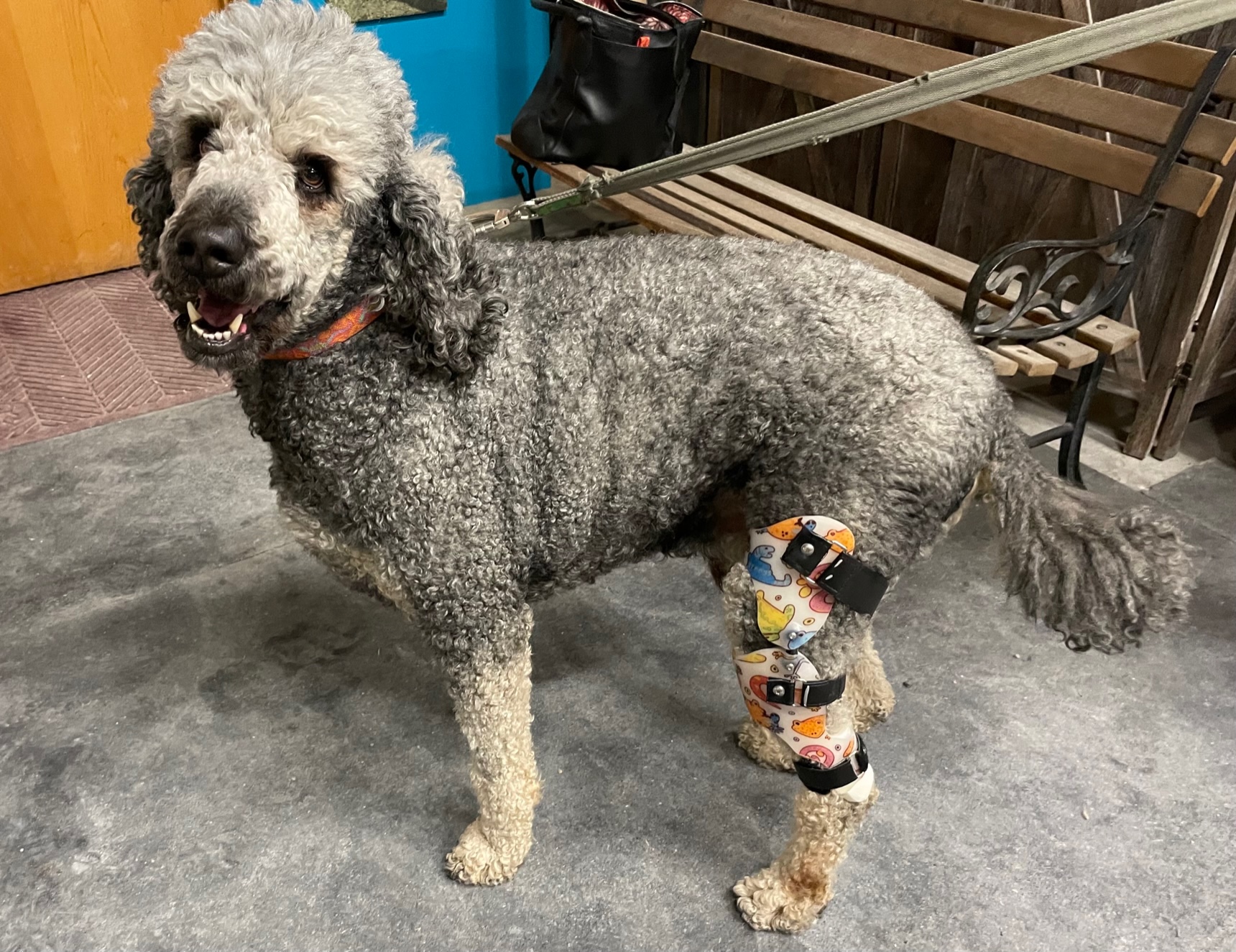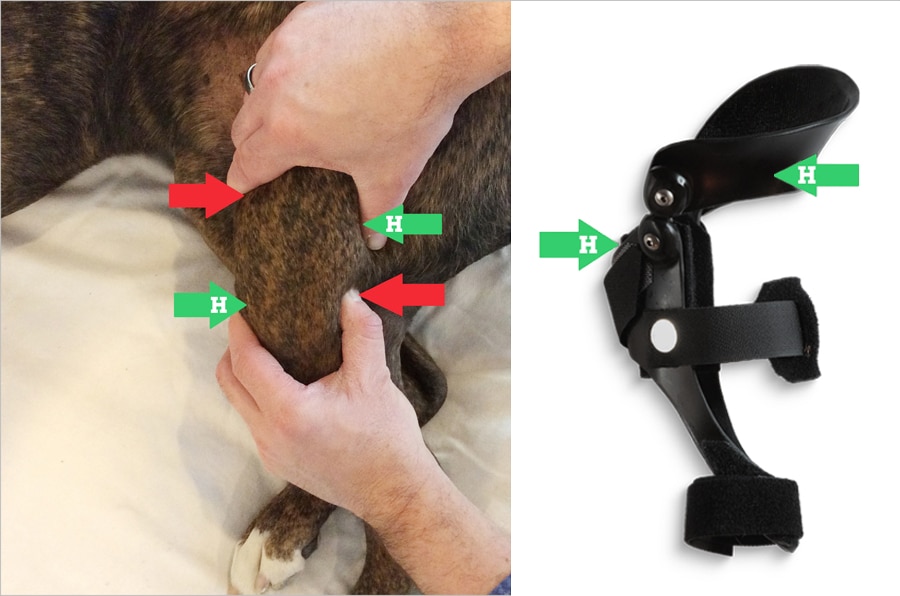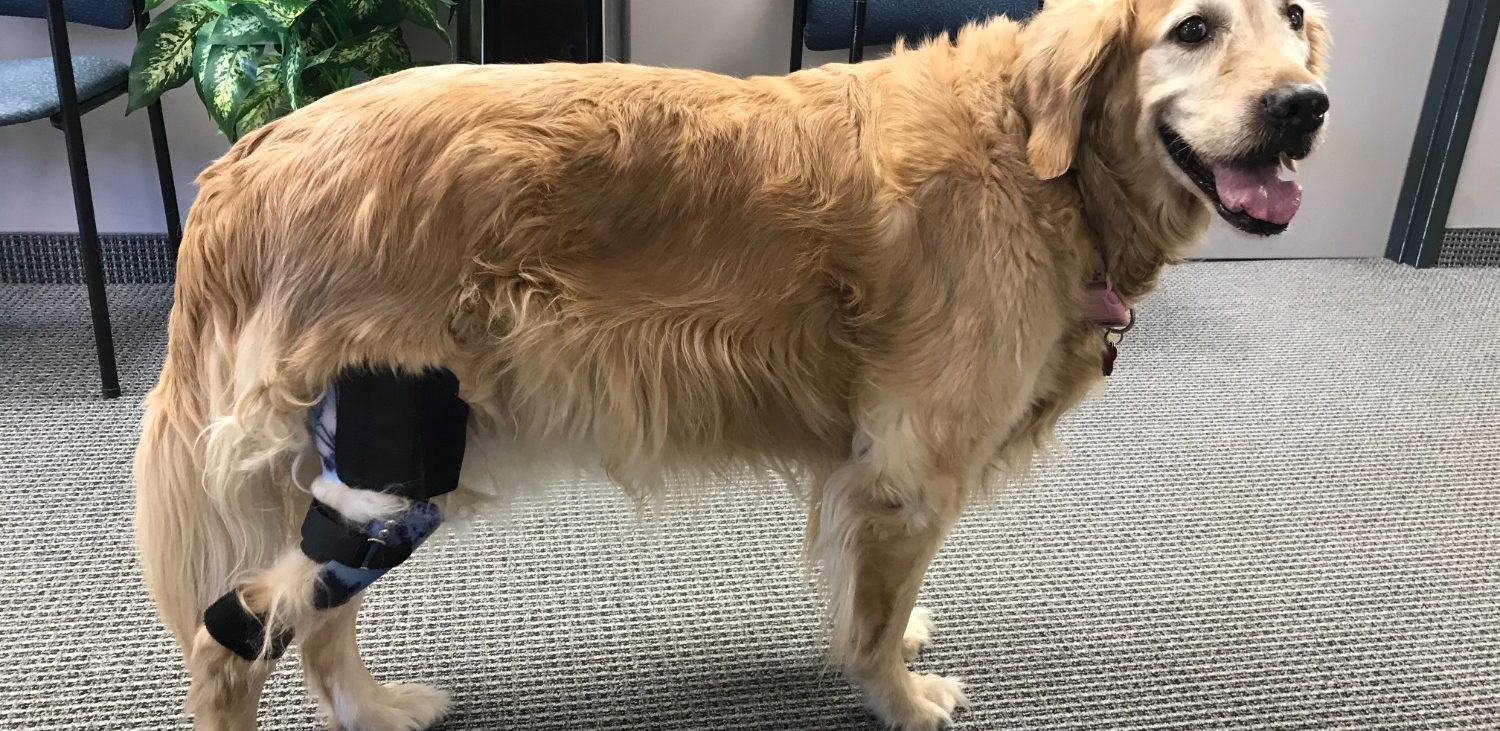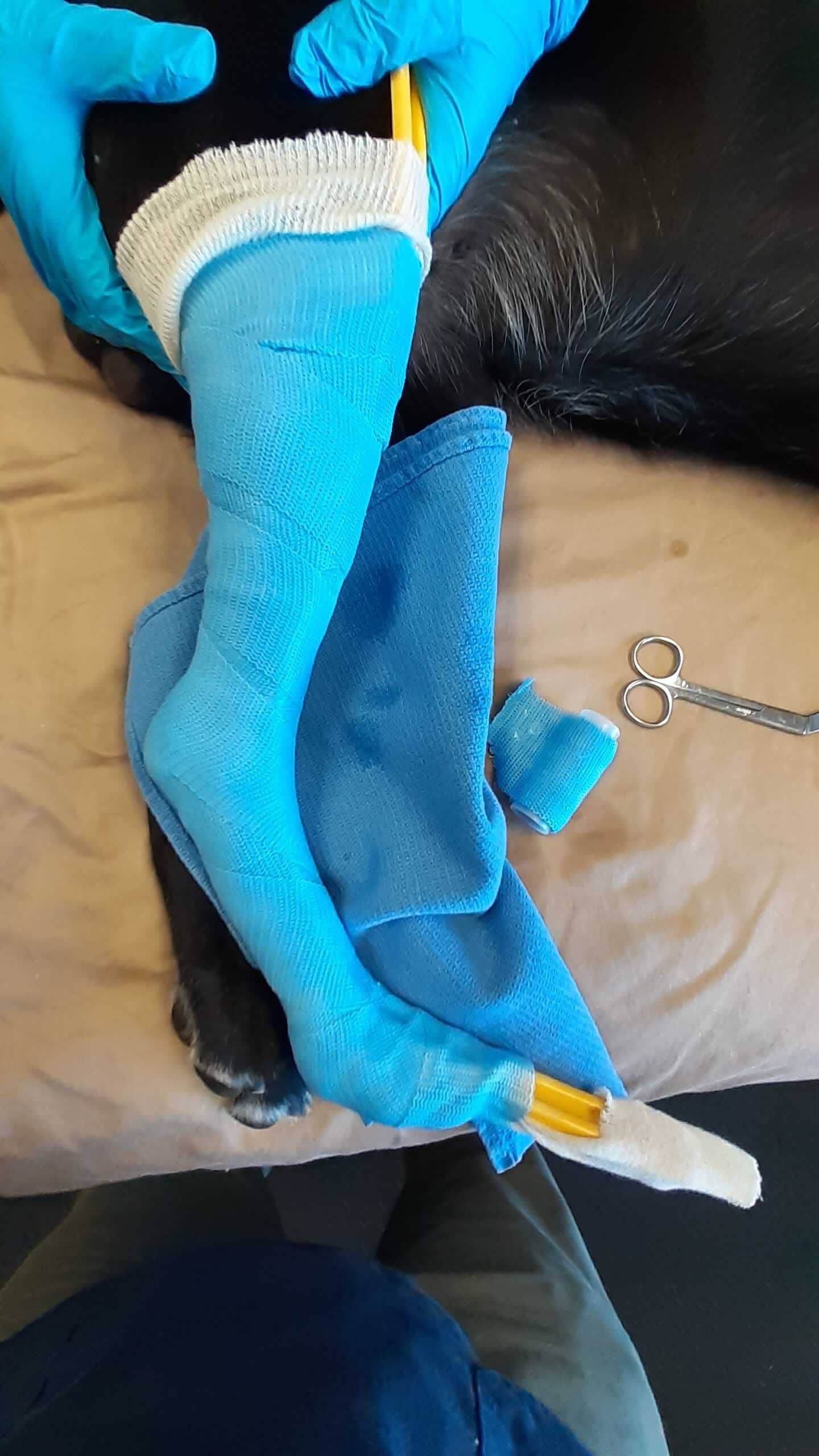Do They Make Braces For Dogs

Imagine Buster, the lovable Golden Retriever, panting happily, tongue lolling out, ready for a game of fetch. But instead of a perfect, pearly-white doggy grin, there's a noticeable misalignment – a canine snaggletooth that catches your eye. You might chuckle, thinking it adds character, but then the question pops into your head: Could Buster benefit from... braces?
The answer, surprisingly, is yes. Orthodontics isn't just for humans anymore. While it might seem like a frivolous luxury, dog braces are a real, and sometimes necessary, veterinary procedure. They address dental issues causing pain, difficulty eating, and even long-term health problems in our furry companions.
A Growing Trend with Serious Roots
The field of veterinary dentistry has advanced considerably in recent years. As pet owners become more attuned to their animals' well-being, they're seeking solutions for a wider range of health problems, including dental malocclusion. While the idea of putting braces on a dog might initially sound amusing, the underlying reasons are far from trivial.
Dental malocclusion, or misaligned teeth, can cause significant discomfort and health issues for dogs. According to the American Veterinary Dental College (AVDC), malocclusion can lead to problems such as trauma to the soft tissues of the mouth, difficulty chewing, and increased risk of periodontal disease.
More Than Just a Cosmetic Fix
It's important to emphasize that dog braces are rarely about aesthetics. Unlike human orthodontics, which often aims for a perfectly aligned smile, the primary goal of dog braces is to alleviate pain and improve functionality. The focus is on enabling the dog to eat comfortably and preventing further damage to their oral health.
Dr. Brook Niemiec, a board-certified veterinary dentist and past president of the AVDC, explains in his numerous publications that malocclusions can range from mild to severe. In some cases, simple tooth extractions might be sufficient, but in others, orthodontic intervention is necessary to correct the bite and prevent further complications.
The Process: From Diagnosis to Treatment
The process of getting braces for a dog starts with a thorough examination by a veterinary dentist. This often involves taking X-rays to assess the underlying bone structure and determine the severity of the malocclusion. A proper diagnosis is crucial to developing an effective treatment plan.
Once a malocclusion requiring orthodontic intervention is identified, the veterinary dentist will create a custom treatment plan. This may involve using various types of orthodontic appliances, including braces, bite plates, and expanders. The specific appliance used will depend on the type and severity of the malocclusion.
The application of dog braces is typically done under general anesthesia to ensure the dog's comfort and cooperation. The braces are bonded to the teeth using dental adhesive, similar to how they're applied in humans. The duration of treatment can vary, but it generally lasts several months.
Addressing Ethical Concerns
The use of braces on dogs raises some ethical considerations. It's essential to ensure that the procedure is performed for the dog's benefit, not for cosmetic reasons or the owner's vanity. A responsible veterinary dentist will always prioritize the animal's well-being.
Furthermore, proper post-operative care is crucial for the success of the treatment. This includes regular check-ups, cleaning, and monitoring for any signs of discomfort or complications. Owners must be committed to following the veterinary dentist's instructions to ensure the best possible outcome for their pet.
Real-Life Success Stories
While the concept might seem unusual, there are numerous success stories of dogs whose lives have been significantly improved by orthodontic treatment. Dogs who were previously unable to eat comfortably or were experiencing chronic pain have found relief through braces.
For example, a Border Collie named Skye suffered from a severe overbite that caused her lower canines to dig into the roof of her mouth. After undergoing orthodontic treatment with braces, Skye was able to eat without pain and enjoy a much better quality of life.
These stories highlight the potential benefits of dog braces when used appropriately and under the care of a qualified veterinary dentist. It's a reminder that advancements in veterinary medicine can offer solutions for a wide range of health problems, improving the lives of our beloved animal companions.
Finding a Qualified Professional
If you suspect your dog might have a malocclusion that requires orthodontic intervention, it's crucial to seek the advice of a board-certified veterinary dentist. The AVDC website provides a directory of qualified specialists in your area.
A general practice veterinarian can perform basic dental care. A veterinary dentist has completed additional specialized training in dentistry and oral surgery. They are the most qualified to diagnose and treat complex dental problems, including malocclusions.
Don't hesitate to ask questions and seek a second opinion if needed. The goal is to ensure that your dog receives the best possible care from a qualified and experienced professional. Make sure they are board certified by the American Veterinary Dental College.
A Reflection on Compassionate Care
The fact that we now have the capability to provide orthodontic treatment for dogs speaks volumes about our evolving relationship with animals. It reflects a growing understanding of their needs and a willingness to invest in their well-being.
While dog braces might not be necessary for every dog with a slight dental imperfection, they can be a life-changing solution for those suffering from painful malocclusions. It's a testament to the power of veterinary medicine and the dedication of professionals who are committed to improving the lives of our furry friends.
Ultimately, the decision to pursue orthodontic treatment for your dog is a personal one. But with careful consideration, a thorough evaluation by a qualified professional, and a commitment to providing the necessary post-operative care, braces can offer a brighter, healthier smile for your canine companion, improving their quality of life and strengthening the bond you share. So, the next time you see Buster struggling with his kibble, remember that a little orthodontic help might be just what he needs to unleash his happiest, healthiest self.
